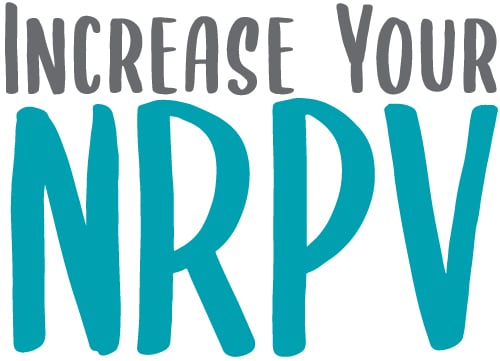In recent years, policy makers and payers have questioned occupational and physical therapists regarding the dispensing and fabrication of splints and orthoses. It is important that occupational and physical therapists are using the same language as Centers for Medicare and Medicaid Services (CMS) to ensure reimbursement, as most payers follow CMS guidelines. With the help of the resources including the American Society of Hand Therapy, we have begun the transition in terminology in our upcoming Hand Therapy Catalog® and thought we should clarify some of the most important concepts here:
Orthosis vs. Splint
What was known within the industry as a splint, brace, wrap or support is now defined by CMS as an orthotic device or orthosis. Orthosis is used to describe a single, rigid or semi-rigid device that supports a weak or deformed body member, or restricts or eliminates motion in a diseased or injured part of the body. It can be custom fabricated, custom fit or prefabricated. Orthotics refers to the science of fabricating or fitting orthoses. The American Society of Hand Therapists firmly believes the terms splint or splinting should no longer be used by therapists who are fabricating or issuing an orthosis.
According to CMS, a splint refers to casts and strapping material used for reductions of fractures and dislocations. Splints are used typically in physician offices for applying a cast and need separate CPT codes when billing.
Custom fabricated vs. Custom Fitted and Prefabricated
According to ASHT, a custom fabricated orthosis is created for one specific patient. The orthosis may be fabricated based on clinically derived and rectified castings, tracings, measurement and/or images such as x-rays of a given body part. Fabrication requires substantial work and the use of materials including plastic, metal, leather or cloth. The therapist may need to mold, bend, sew, or drill prior to fitting the orthosis. Examples of materials used to create custom fabricated orthoses are North Coast Medical’s thermoplastic sheets, such as Clinic® or Preferred®.
Custom fitted refers to ortheses which are prefabricated without a specific patient in mind. It requires the expertise of a therapist to customize the orthosis to fit a specific patient. This may include trimming, molding or bending, with or without heat. The Progress-Plus™ Pronation/Supination Orthosis is a great example of a custom fitted orthosis that a therapist can needs to adjust and fit the patient specifically.
Prefabricated orthoses, which may be termed “off-the-shelf,” require minimal self adjustments and are usually easy to don and doff. These types of orthoses may or may not not require a therapist’s expertise to trim, bend, mold, assemble or customize each orthosis to fit initially. Prefabricated orthoses like the Comfort Cool™ Thumb CMC Restriction Splint continue to be referred to as a splint in North Coast Medical’s Hand Therapy Catalog® during this transition between terms.









